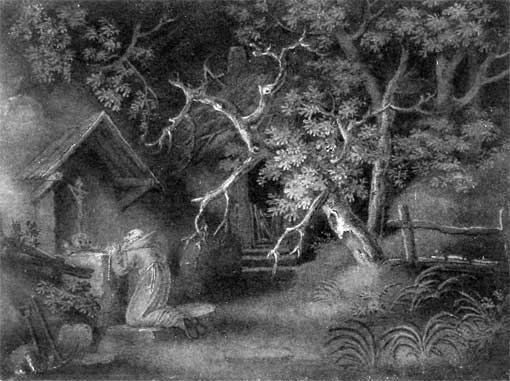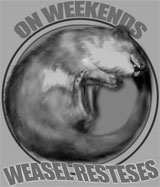Writ in sand

That there is an image by a man named Benjamin Zobel (1762-1831), made entirely out of sand. To create this one, he dribbled sand from little paper funnels onto a sticky surface, which is why it survives. Most sand paintings — duh — didn’t survive the night.
In the 17th, 18th and 19th Centuries, European and British royalty employed artists as table deckers — before important feasts, these guys would be hired to make huge images out of sand and sugar and marble dust and whatever on top of the banqueting tables. Dishes of snacky foods would be laid on top. At the end of the night, it would all be swept away. Landscapes, religious pictures, portraits, hunting scenes, still lifes (yes, dammit, that is correct) — whatever was fashionable in painting was fashionable in sandpainting.
Which sounds at first like ghastly aristocratic extravagance, but I’m guessing these artists were paid considerably more than, say, the ones who make chalk pictures on pavement. Same difference.
I have a warm spot for ephemera. Making ephemera for a living teaches humility — not something you get a lot of in the art world. Nearly all the art I’ve made for money was intended to be used once, or a few times maybe, and then fade away. For most of it, that’s just as well.
Anyhow, table deckers and sandpainting — that’s what to Google if you want to know more.
February 16, 2010 — 7:21 pm
Comments: 10












